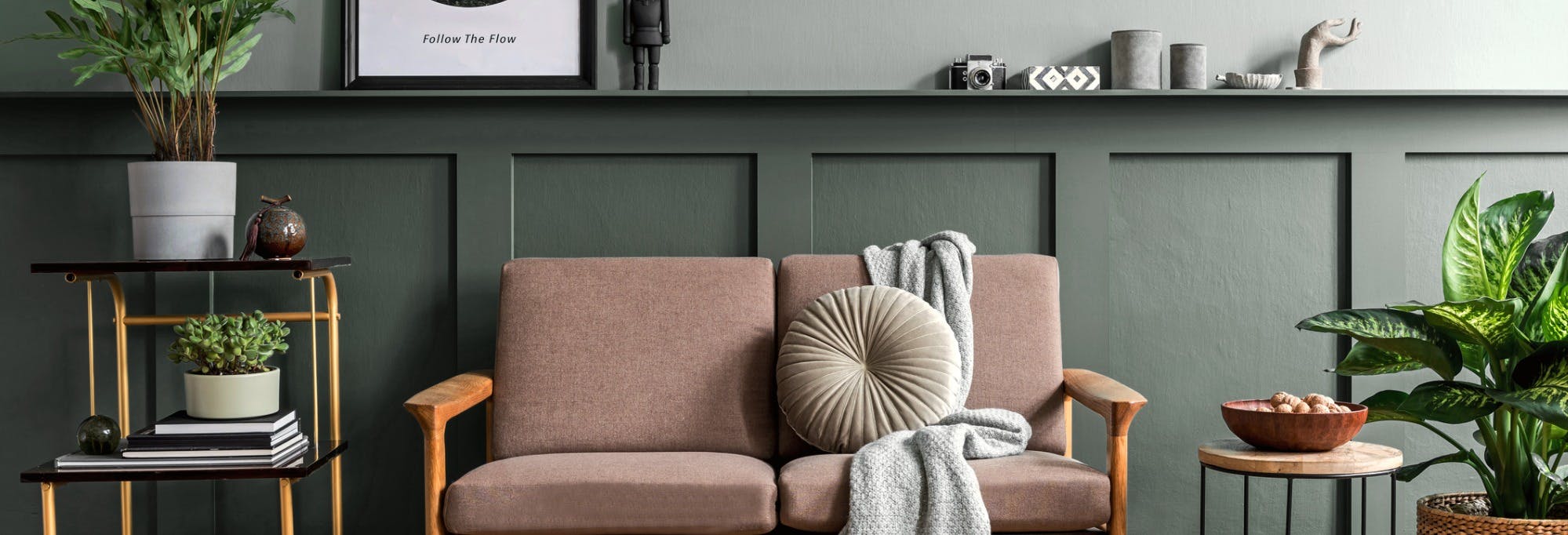

Table Of Contents
There are many, many challenges that come with self-managing a property: the first for everyone who takes the plunge is staging your home. Here are some tips that will help you attract residents who will love it as much as you do.
“Self-managing.” It sounds like such a harmless word. But there are many complex challenges of self-managing a rental property, many of which you won’t ever be able to anticipate until you are deep in.
The first challenge that presents itself, though, is easy to see coming: finding tenants to love your home as much as you do.
That’s why staging your home is such a critical part of the process. A beautifully staged home signals to potential tenants that your home is worthy of love. After all, if the people trying to convince you to move in don’t care enough to make the house presentable, it’s not going to attract people who will in turn care for the house with extra love and attention.
There’s truth behind the famous saying that you never get a second chance to make a first impression. That’s why we’ve made this list of proven tips and techniques for self-managers who are staging their own homes.
1. Keep it bright
A simple fix that any self-manager should undertake is making sure their home is as well-lit as possible. This applies to electric lighting, of course, making sure that none of the bulbs are flickering and that all of them are in working order. But it’s maybe even more important to make sure that there is as much natural light in the home as possible. Have the windows professionally cleaned, and make sure the curtains are pulled back as far as possible. A well-lit home feels welcoming and accommodating and friendly: a dark home on the other hand feels foreboding and dingy. Not only that, but a well-lit home is much easier to photograph.
2. Keep it clean and organized
Obvious, but you would be surprised how often it is ignored.
Of course this applies to the floors, the kitchen, and the bathrooms, but also the less obvious places like closets – as well as the garage, attic, and basement. We’re not saying you need to bring in Marie Kondo, but a messy environment actually creates mental stress, and makes the house less appealing
Also, remember the full sensory spectrum when cleaning up. Just because it looks clean doesn’t mean it smells clean. Air it out, light a candle, bleach the toilet — just don’t let an objectionable odor be the difference between a lookie-loo and your next resident.
Last point here: clean also extends to the walls. Take a look at your walls with fresh eyes, and ask yourself if they need a fresh coat of paint. It works wonders!
3. Keep it spare
It’s important to make your home feel like a blank canvas onto which your next residents can project their own personalities and tastes.
What a lot of people do is put some of their furniture in storage to remove clutter. It’s not uncommon to rent furniture for staging purposes, either. Make sure it is tasteful and universally appealing – call it the West Elm look.
Think about the way a nice, urban hotel room’s decorated; the way it feels stylish, but not so stylish that you feel uncomfortable.
4. Keep it working
Again, this seems obvious, but you would be amazed how often homes are shown that aren’t in fully-functioning condition. Windows and doors stick. Faucets leak. The garage door requires superhero strength to open.
We suggest that you do a walk-through, putting yourself in the shoes of a potential renter.
5. Greenery makes for great scenery
House plants can have a powerful effect on your residents. This is especially true when you’re staging a house. A few houseplants can help make a home feel bright and alive, especially in combination with white walls and a flood of sunlight. If things are growing in the house, it communicates to potential residents that the house is capable of nurturing life. It also signals that the homeowner is a caring individual, who is capable of nurturing life themselves.
Concentrate your plants in the entry areas where they create the powerful first impression we talked about earlier.
6. Start from the outside in
Curb appeal matters. There’s research that says it adds as much as 11% percent of value when you sell a house, and the same thinking applies to renting.
Peeling paint sends a bad message; of course, it’s expensive to repaint a whole house, so if there is a need consider some “surgical painting” in areas that are the most visible. For example, a coat of high-gloss paint on the front door is a welcoming signal.
Make sure your lawn and outdoor spaces are well-maintained. If the seasons permit, create some dramatic container plantings at your front door and in the back terrace. Staging the outside of your house is as important as the inside.
Remember when we were talking about first impressions before? The first time someone sees your home from the outside — that’s the first mental imprint they will have of your home.
If some of this seems daunting, well, that’s where we come in. Belong takes care of every step of the process when it comes to finding residents who will love your home. If your home needs some extra TLC, our extensive vendor network can help with anything from painting to carpentry to plumbing or even renovation.
Not only that, but once the house is ready to be shown, we take photographs and create 3D virtual tours of the property to show it off in all its new found glory. Then, when we find someone who loves it as much as you do, we draw up the lease and help them move in.
Want to learn more about what Belong does for homeowners? Click here.

About The Author
Lucas Hanft
Lucas attended Yale University before becoming a journalist and working with brands to tell their story.




